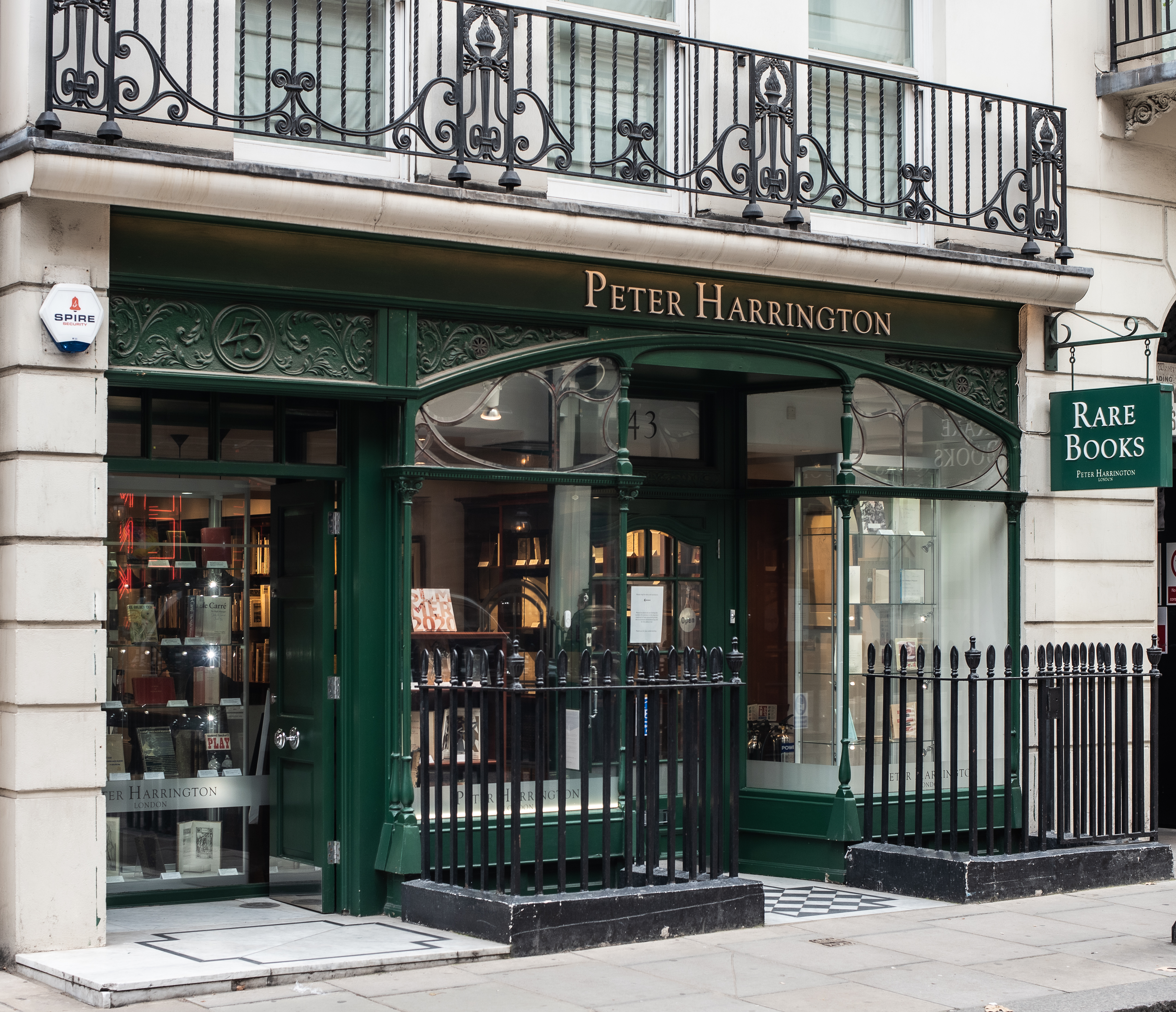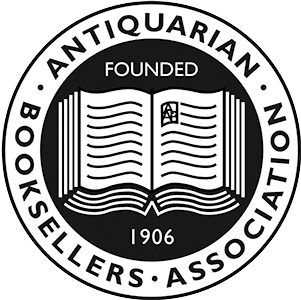London: Max Parrish,, 1951-53-62. The beginnings of data visualization: the use of illustration to help children understand science First editions, first impressions, of these pioneering picture books. Neurath's innovative books used infographics and illustrated diagrams to teach children scientific concepts in palatable and groundbreaking ways. Rare, especially in such lovely condition, with only a few copies traced institutionally in WorldCat of each title: The First Great Inventions (12 copies); The Wonder World of Birds (6 copies); The Wonder World of the Jungle (6 copies). Neurath was born in Germany, where she studied mathematics and physics, moving to Vienna just before she graduated. It was in Vienna that, together with soon-to-be husband Otto, she founded the Social and Economic Musjerseyeum of Vienna. The couple moved to The Hague in 1934, followed by London in 1940 as the Germans invaded the Netherlands. After a short time spent in an internment camp, Marie and Otto married, settling in Oxford. Neurath, together with her husband Otto and their colleague Gerd Arntz, was one of the founders of Isotype, a simplified visual method of displaying complex information to the public. First developed in the 1920s, and originally known as the Vienna Method of Pictorial Statistics, the goal of Isotype was "to cross national and social divides in a time before widespread global communication. To do that, Isotype went back to basics and stripped away all things unnecessary, illogical, or alienating - and in doing so, helped to establish some of the core principles of graphic design. Today, Isotype's legacy can be seen everywhere from newspapers and textbooks to signage, transit maps, interfaces, and emojis" (Inglis, "Meet Marie Neurath," September 17, 2019, AIGA Eye on Design). Marie Neurath "was a remarkable practitioner" who "researched, calculated, and co-designed nearly every Isotype ever created, from the early days in Vienna in 1925 all the way to when she retired in 1971" (Forrest, "The Missing Legacy of Marie Neurath," Medium, January 20, 2020). She described her role as that of the "Transformer" of data, writing that "From the data given in words and figures, a way has to be found to extract the essential facts and put them into picture form. It is the responsibility of the transformer to understand the data, to get all necessary information from the expert, to decide what is worth transmitting to the public, how to make it understandable, how to link it with general knowledge or with information already given in other charts. In this sense, the transformer is the trustee of the public" (Neurath, The Transformer, 2009). Marie continued the work after Otto's death in 1945, becoming best known for the series of children's books she published over the next twenty years. "In children's educational books Marie found an ideal place to put Isotype's methods into practice. Young readers were more engaged by pictures than words, and this focus on the visual meant these books were easily translated and published abroad, fulfilling Isotype's original aims of being truly international" (Inglis). Three works, octavo. Illustrated throughout in offset lithography. Original pictorial boards. With dust jackets. Ownership inscription to front free endpaper of Jungle; prize bookplate to front free endpaper of Birds. A very good set, bright and sharp in unusually fresh jackets, somewhat rubbed and chipped, but bright.



![[Three Isotype children's books.] (photo 1)](https://d3525k1ryd2155.cloudfront.net/h/412/962/1598962412.0.x.jpg)
![[Three Isotype children's books.] (photo 2)](https://d3525k1ryd2155.cloudfront.net/h/412/962/1598962412.1.x.jpg)
![[Three Isotype children's books.] (photo 3)](https://d3525k1ryd2155.cloudfront.net/h/412/962/1598962412.2.x.jpg)
![[Three Isotype children's books.] (photo 4)](https://d3525k1ryd2155.cloudfront.net/h/412/962/1598962412.3.x.jpg)
![[Three Isotype children's books.] (photo 5)](https://d3525k1ryd2155.cloudfront.net/h/412/962/1598962412.4.x.jpg)
![[Three Isotype children's books.] (photo 6)](https://d3525k1ryd2155.cloudfront.net/h/412/962/1598962412.5.x.jpg)
![[Three Isotype children's books.] (photo 7)](https://d3525k1ryd2155.cloudfront.net/h/412/962/1598962412.6.x.jpg)
![[Three Isotype children's books.] (photo 8)](https://d3525k1ryd2155.cloudfront.net/h/412/962/1598962412.7.x.jpg)
![[Three Isotype children's books.] (photo 9)](https://d3525k1ryd2155.cloudfront.net/h/412/962/1598962412.8.x.jpg)
![[Three Isotype children's books.] (photo 10)](https://d3525k1ryd2155.cloudfront.net/h/412/962/1598962412.9.x.jpg)
![[Three Isotype children's books.] (photo 11)](https://d3525k1ryd2155.cloudfront.net/h/412/962/1598962412.10.x.jpg)
![[Three Isotype children's books.] (photo 12)](https://d3525k1ryd2155.cloudfront.net/h/412/962/1598962412.11.x.jpg)




